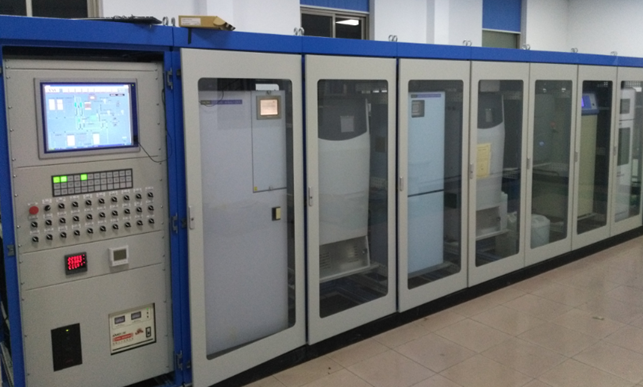system requirements
At present, China's atmospheric environmental problems are very prominent, and the highly concerned haze weather has become one of the most prominent environmental problems in China, mainly caused by fine particulate matter PM2.5. Volatile organic compounds (VOCs), as important precursors of PM2.5 and major components of photochemical smog, play a crucial role in the formation of haze. Industrial waste gas emissions are the main contributor to the frequent occurrence of severe haze weather. One of the main monitoring factors in online monitoring of industrial waste gas emissions, which is also technically difficult to monitor, is volatile organic compounds (VOCs).
1. Industry 4.0 intelligent environmental protection (using Internet, big data, cloud computing, online monitoring technology, and using industry 4.0 modern mode time intelligent environmental protection)
2. Intelligent site control, with real-time monitoring of equipment operation status, remote monitoring, dynamic display, and data management functions;
3. High system integration, low failure rate, minimal maintenance, and greatly improved effective data rate;
4. Replace the traditional manual measurement with poor timeliness and effectively strengthen the supervision of various polluting enterprises.
ZhilIan Solution:
The online monitoring system for volatile organic compounds (VOCs) utilizes modern wireless sensor technology, automatic control systems, wireless communication technology, geographic information systems, database queries, etc. to achieve real-time monitoring of VOCs. It completes the information management of monitoring information content from collection, transmission, analysis, resolution to sharing, and generates a sound VOC monitoring and management system.
In response to this case, Nodajia provided a comprehensive solution for a shelf mounted industrial tablet computer to meet the goal of stable operation. The data collected through sensors are analyzed, saved and printed on the industrial tablet computer, and the real-time data is transmitted to the environmental protection monitoring center and enterprise client through the Internet.
